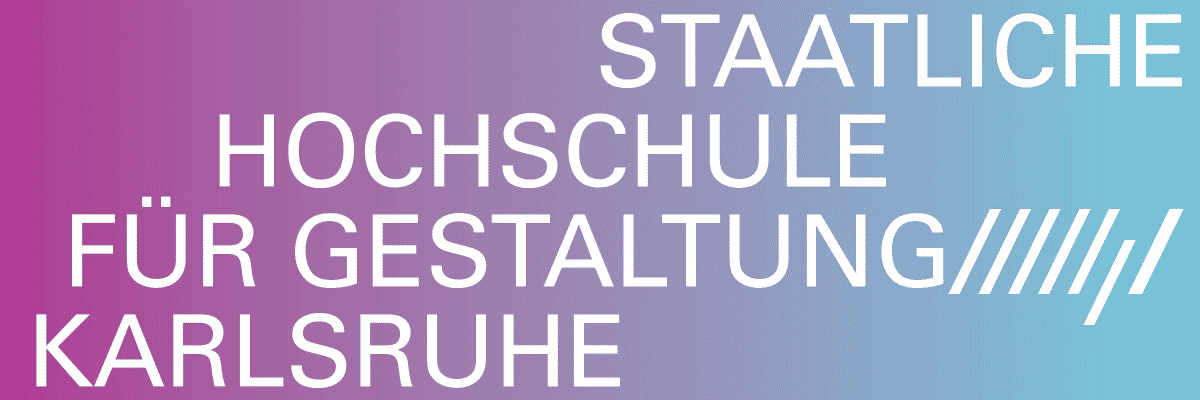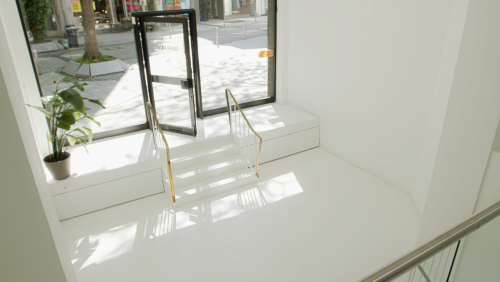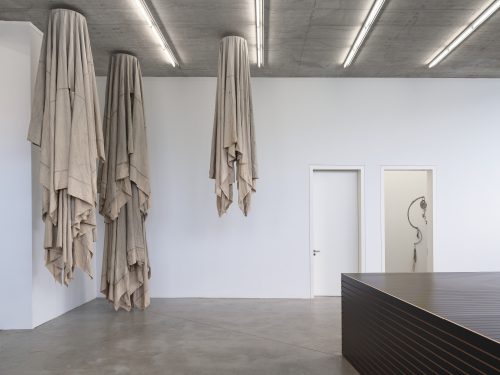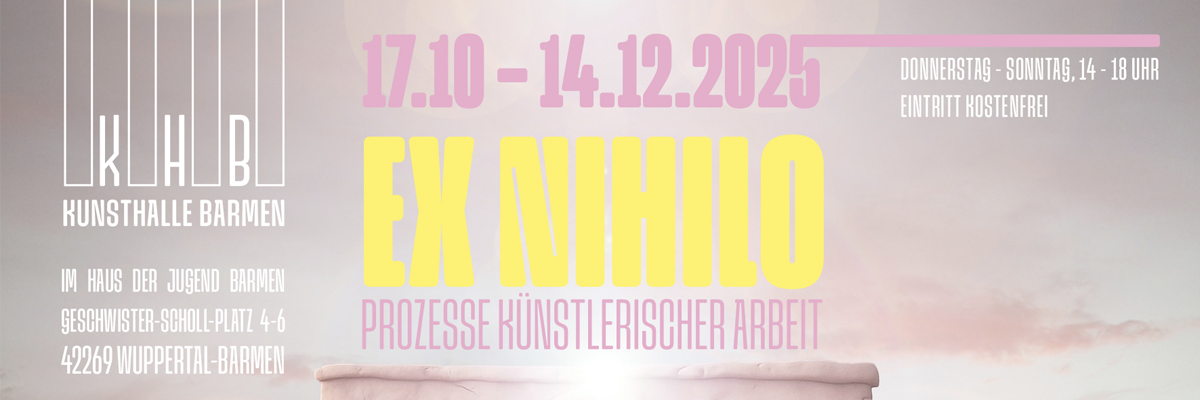
Javier Estupiñán, Eduardo Hodgson, ikkibawiKrrr, Oumaima Manchit Laroussi, Gala Porras-Kim, David Přílučík, Miguel Rubio Tapia
Speakers for the dead
Project Info
- 💙 SAC Tenerife (Canary Islands)
- 💚 Jorge Esda
- 🖤 Javier Estupiñán, Eduardo Hodgson, ikkibawiKrrr, Oumaima Manchit Laroussi, Gala Porras-Kim, David Přílučík, Miguel Rubio Tapia
- 💜 Jorge Esda
- 💛 María Laura Benavente Sovieri
Share on
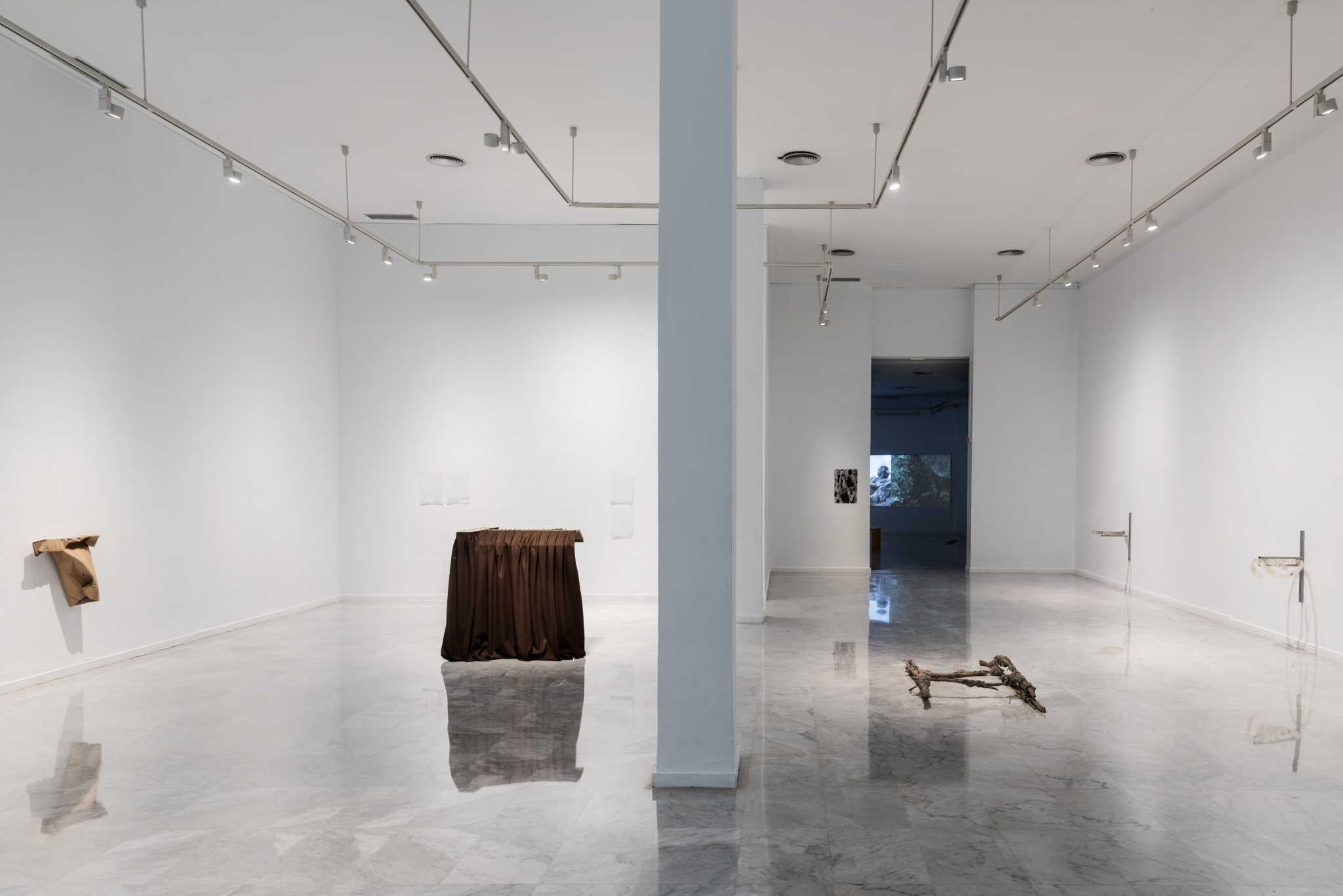
‘Speakers for the dead / Palabreras de la muerte’. Exhibition view. SAC, Tenerife, 2025.
Advertisement
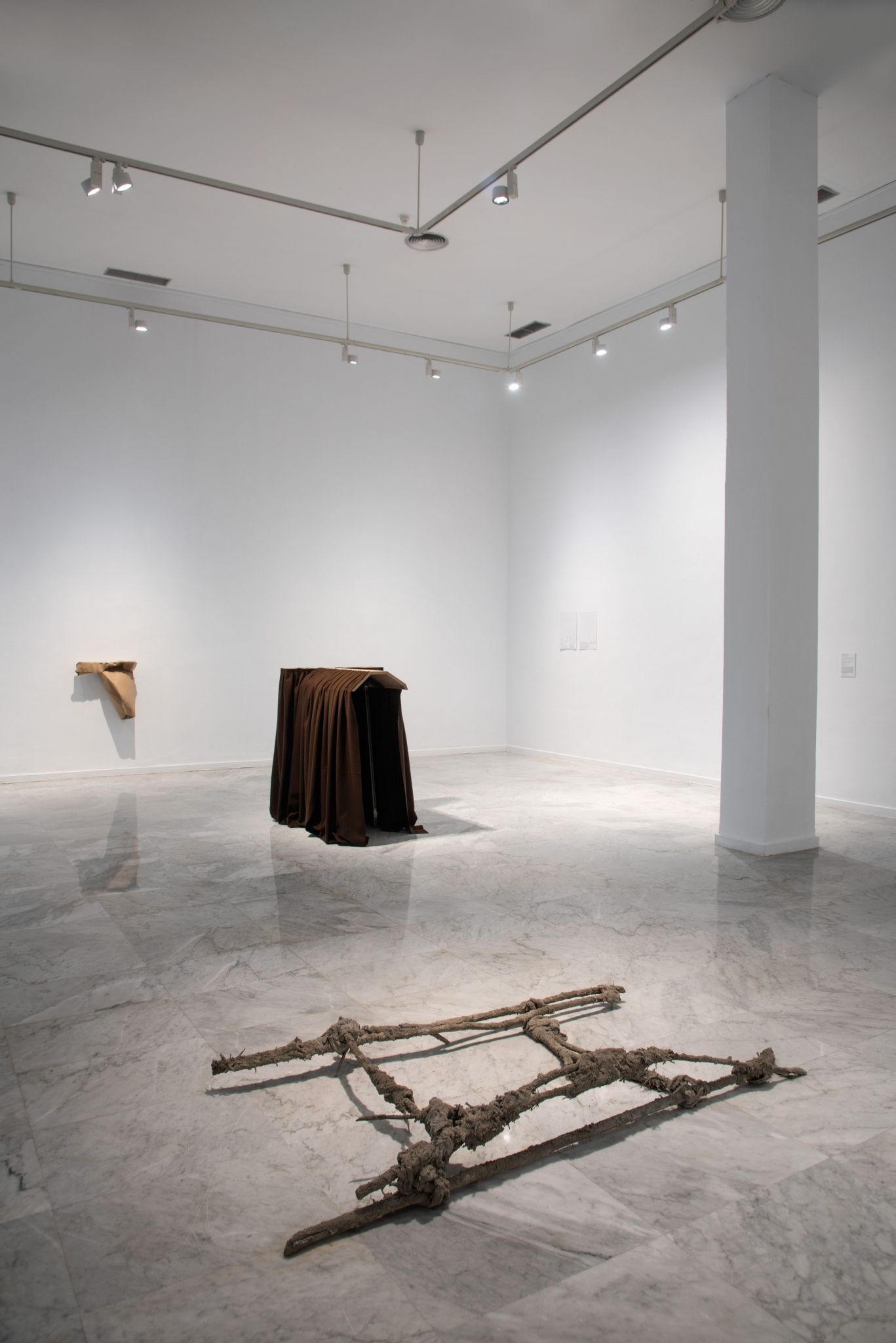
‘Speakers for the dead / Palabreras de la muerte’. Exhibition view. SAC, Tenerife, 2025.
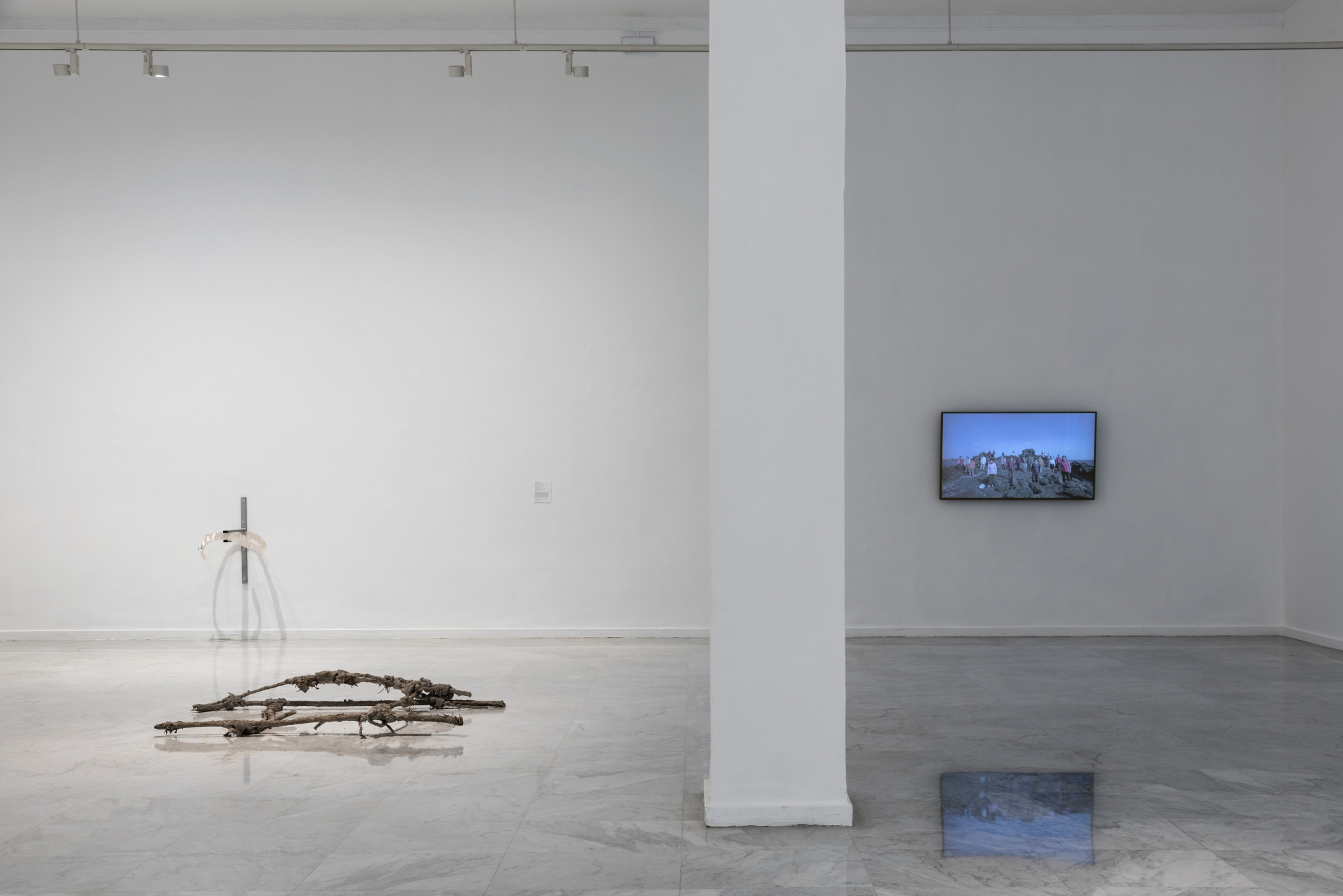
‘Speakers for the dead / Palabreras de la muerte’. Exhibition view. SAC, Tenerife, 2025.
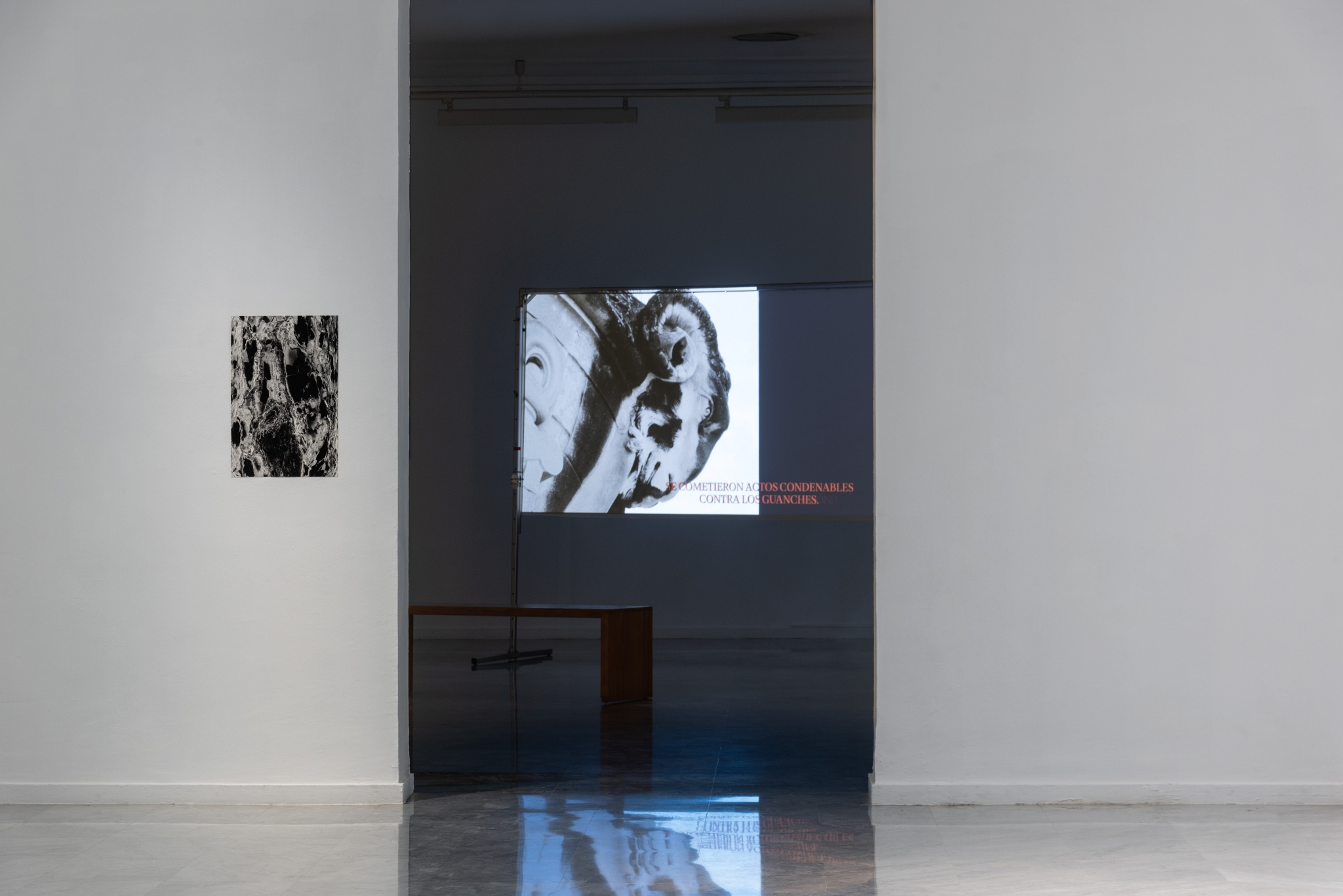
‘Speakers for the dead / Palabreras de la muerte’. Exhibition view. SAC, Tenerife, 2025.
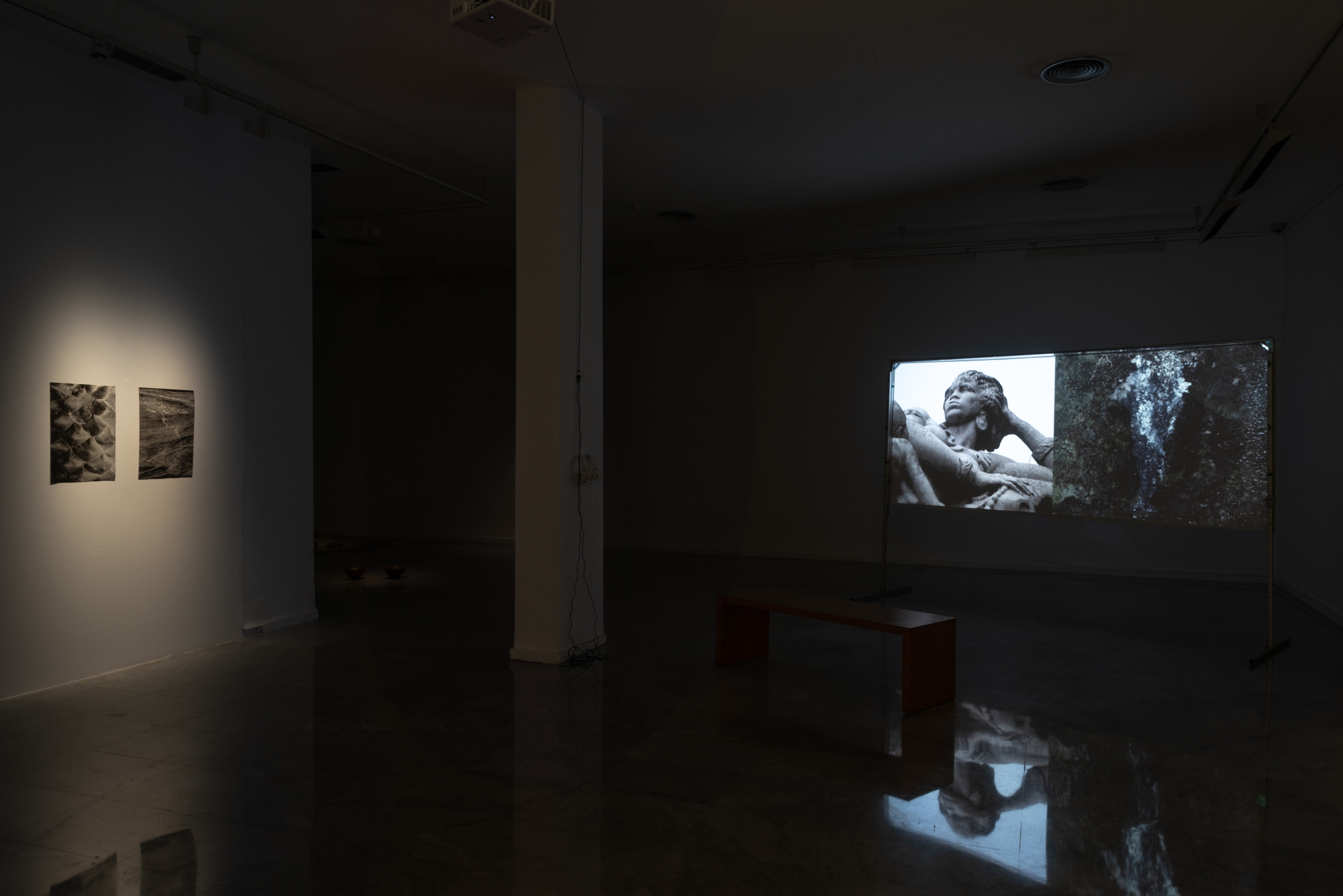
‘Speakers for the dead / Palabreras de la muerte’. Exhibition view. SAC, Tenerife, 2025.
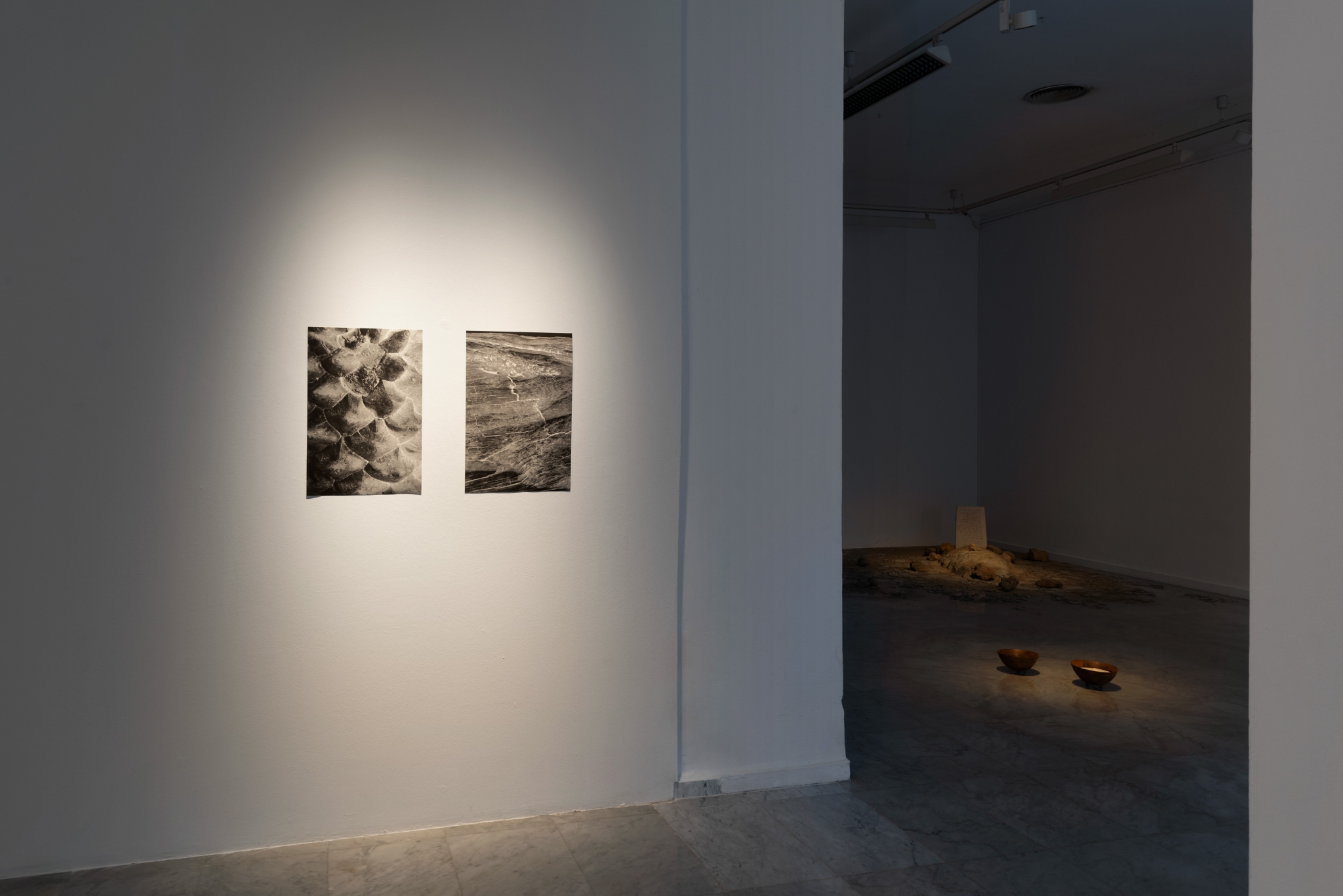
‘Speakers for the dead / Palabreras de la muerte’. Exhibition view. SAC, Tenerife, 2025.
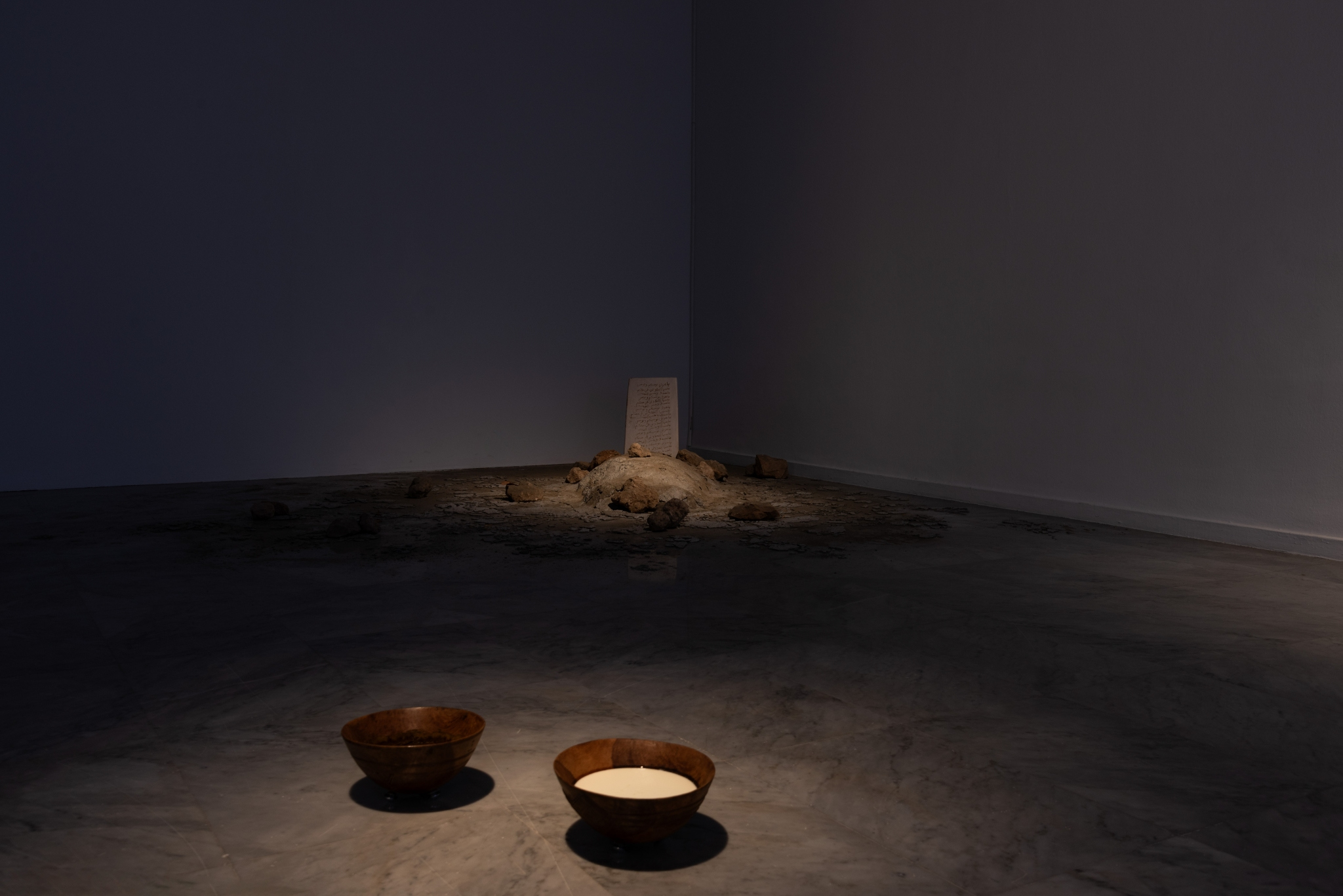
Oumaima Manchit Laroussi. Several works, 2025.
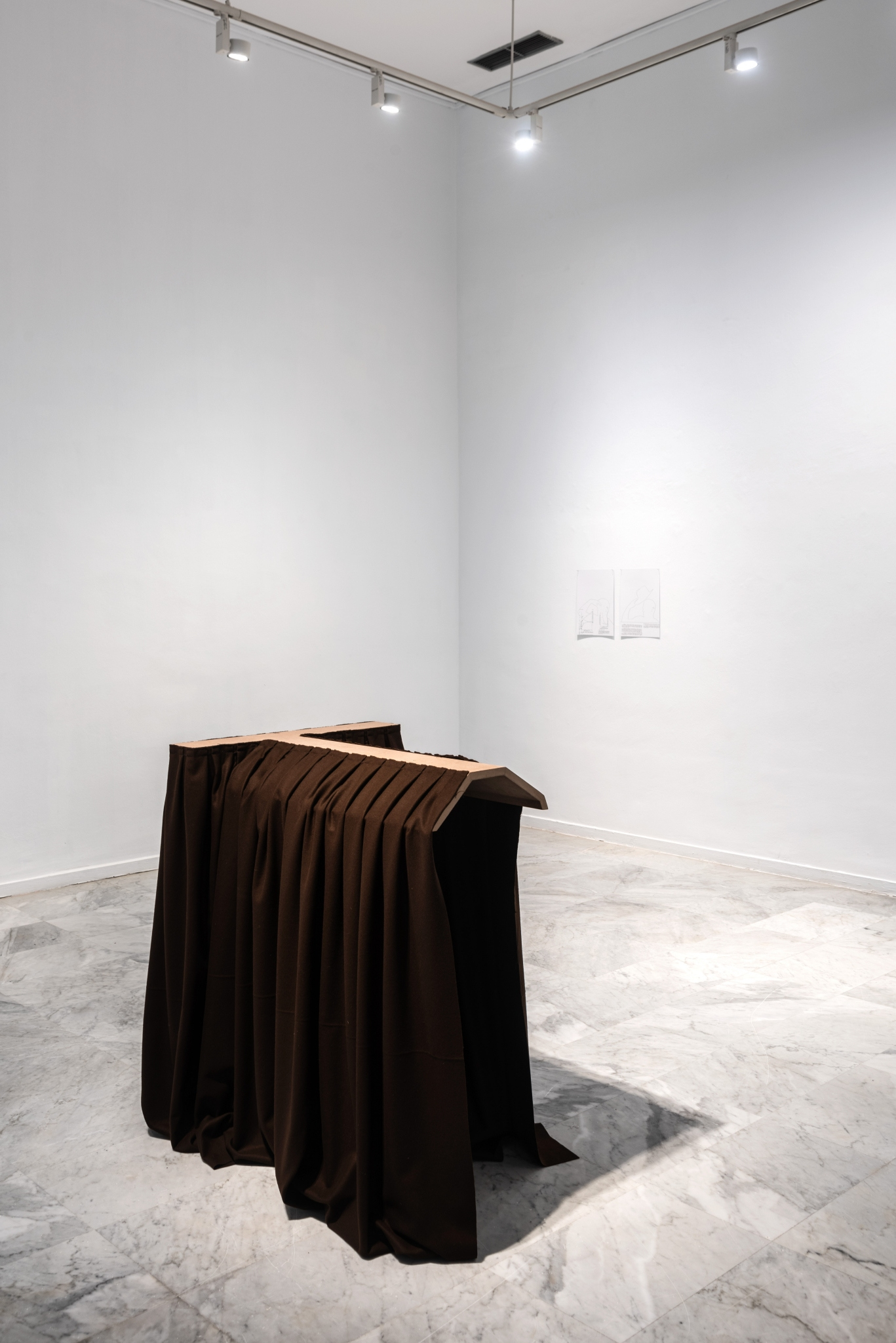
Eduardo Hodgson. Contorno nº2, 2025
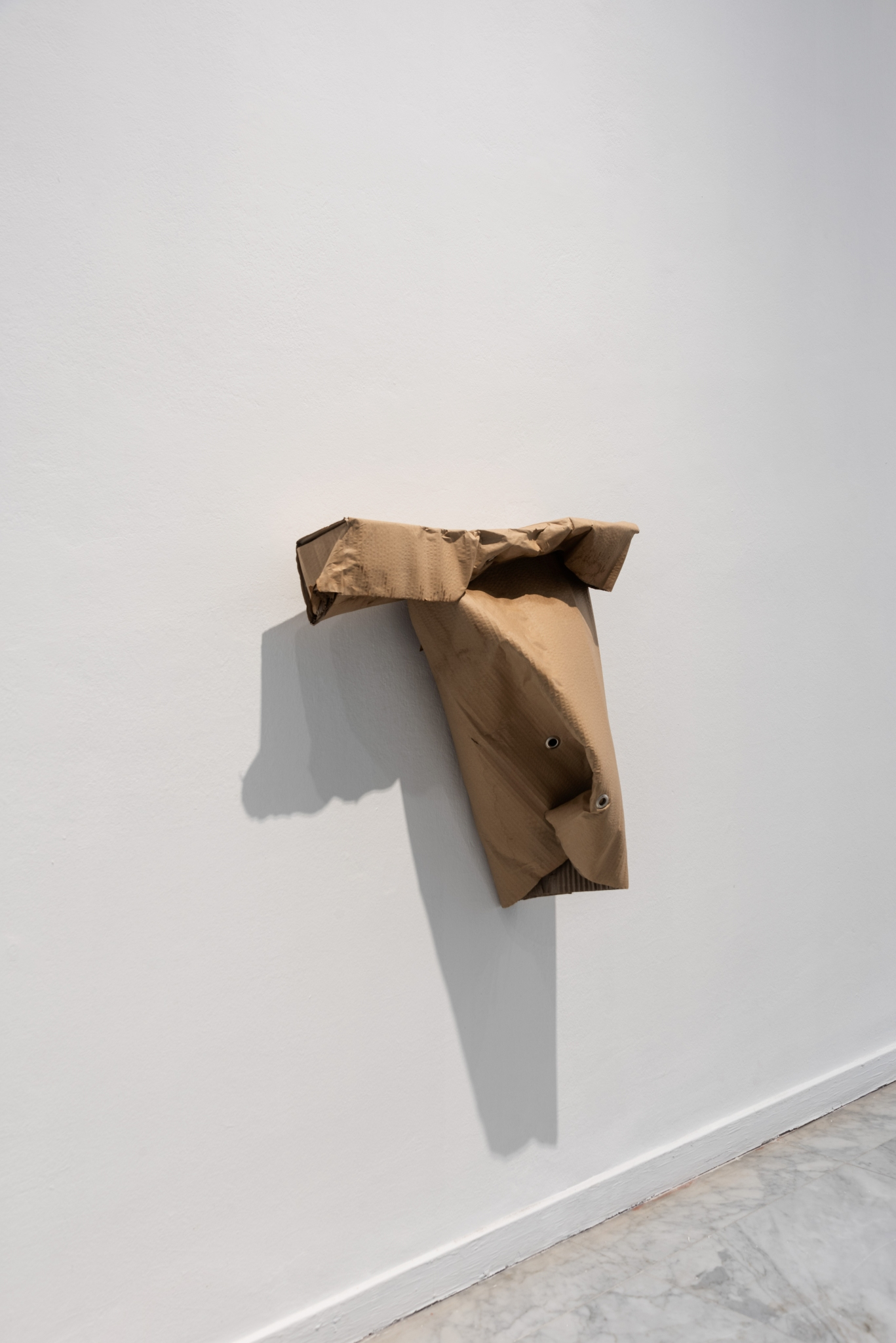
Eduardo Hodgson. L, T, I. El ambiente no ha cambiado demasiado desde entonces, 2025
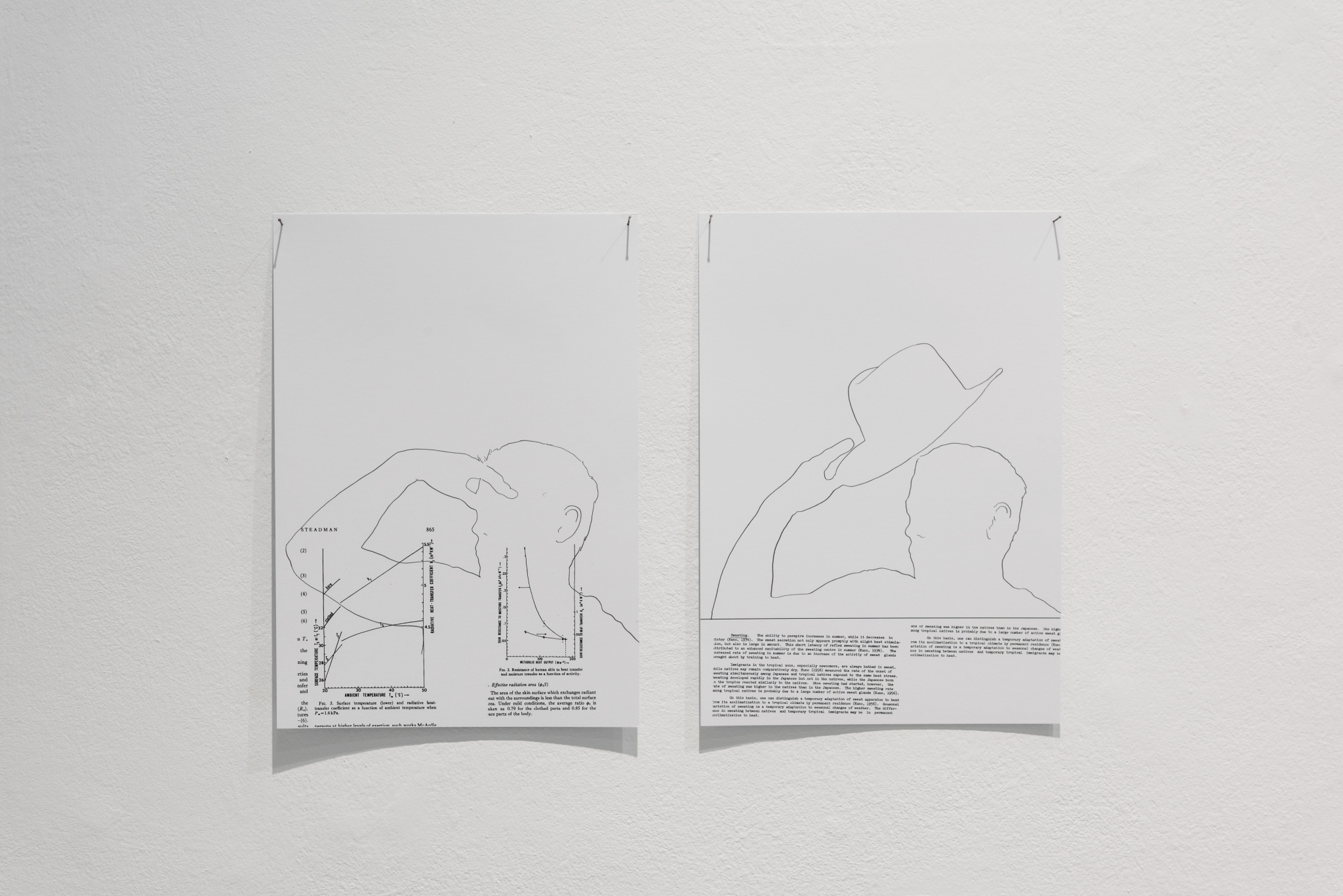
Eduardo Hodgson. Several works, 2025.
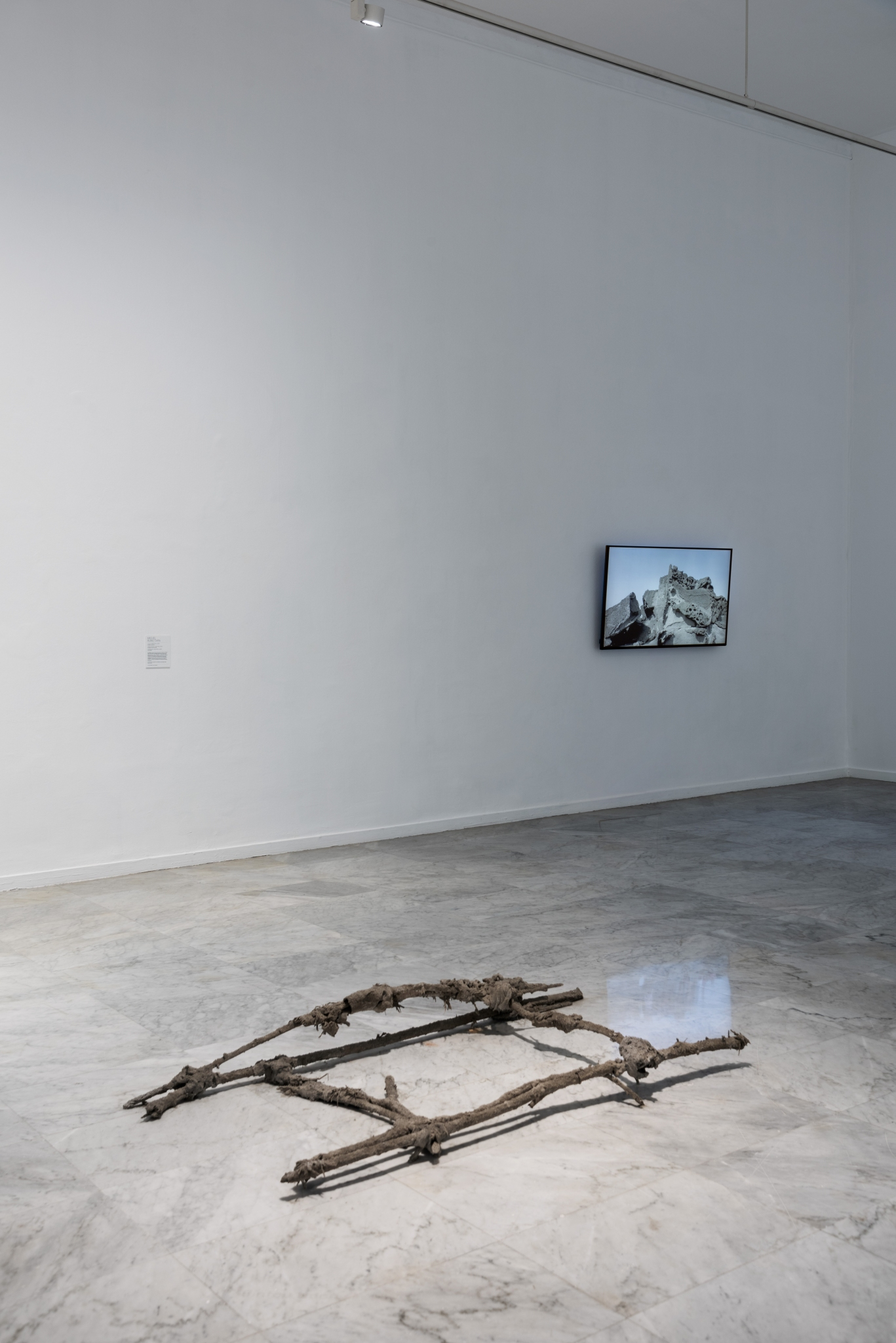
‘Speakers for the dead / Palabreras de la muerte’. Exhibition view. SAC, Tenerife, 2025.
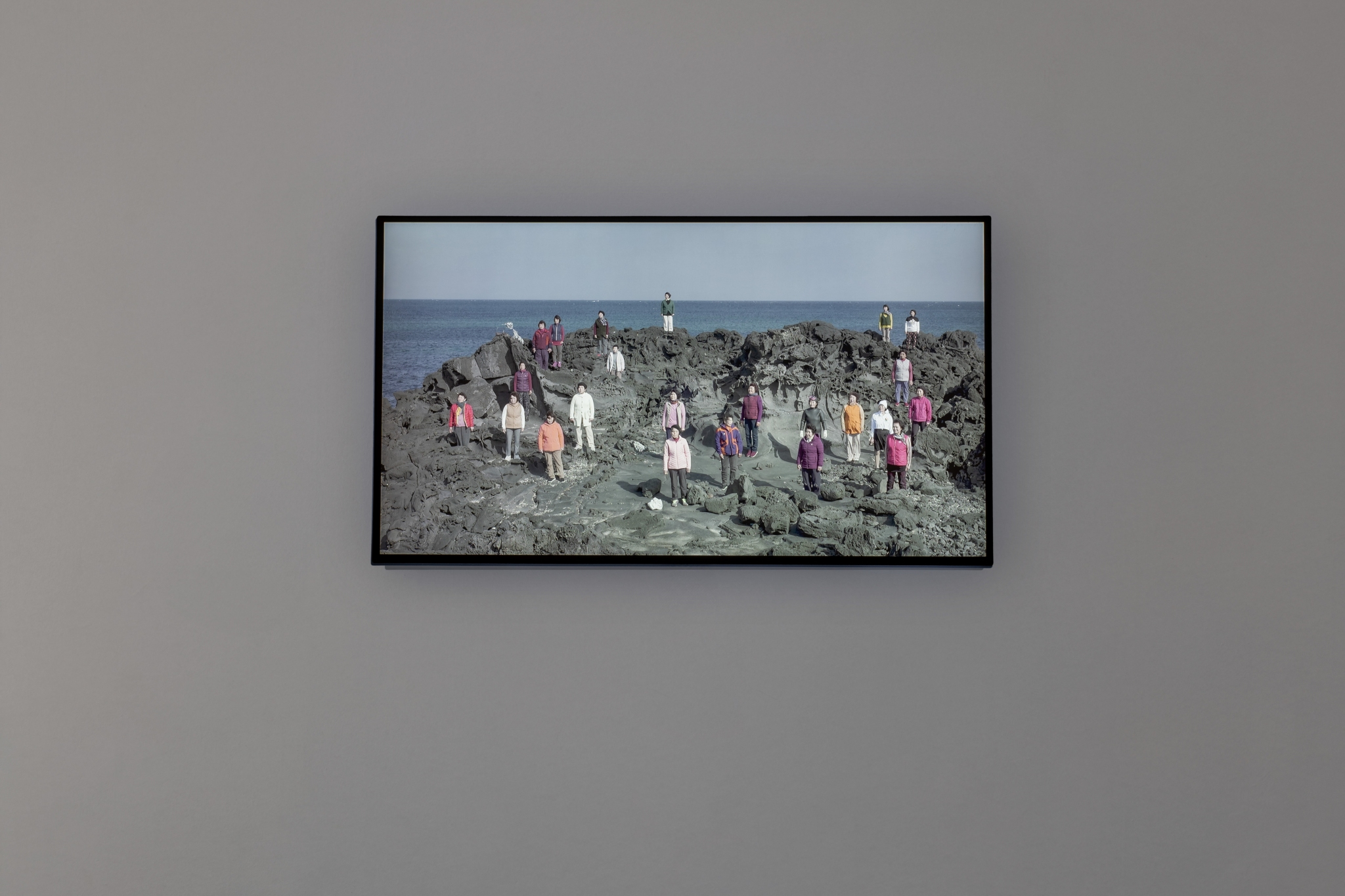
ikkibawiKrrr. Seaweed story, 2022
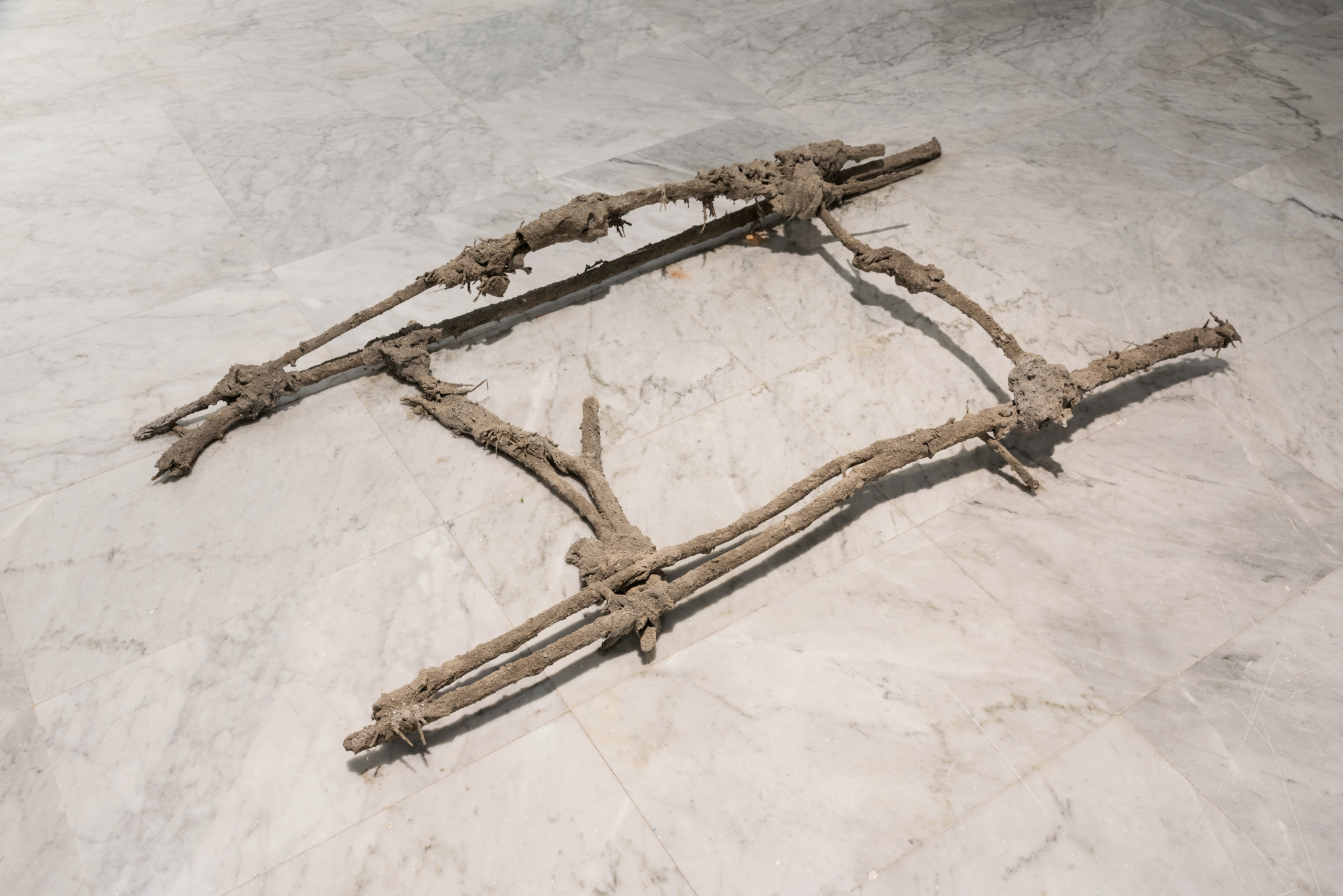
Miguel Rubio Tapias. Julia Kristeva, 2025.
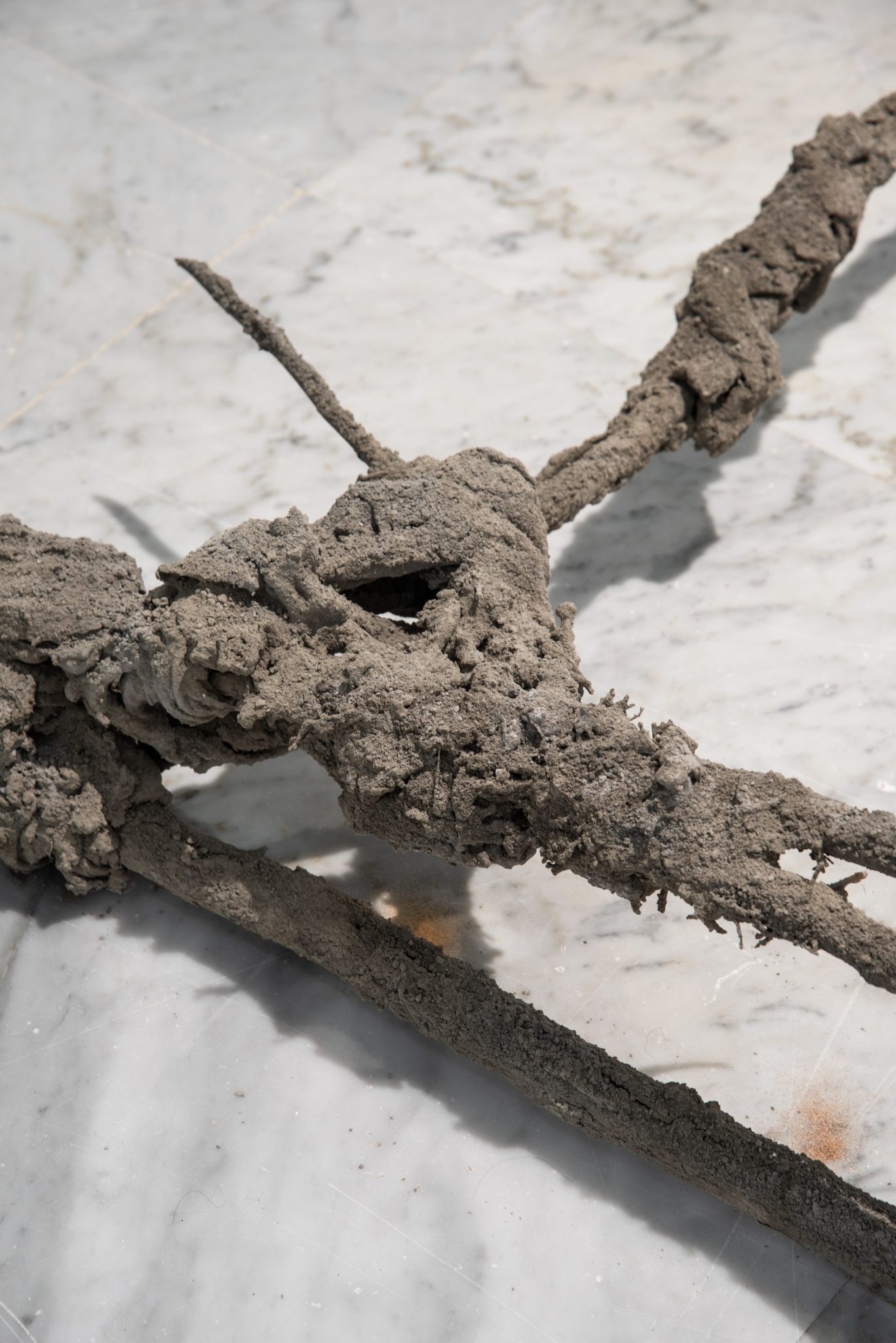
Miguel Rubio Tapias. Julia Kristeva, 2025.
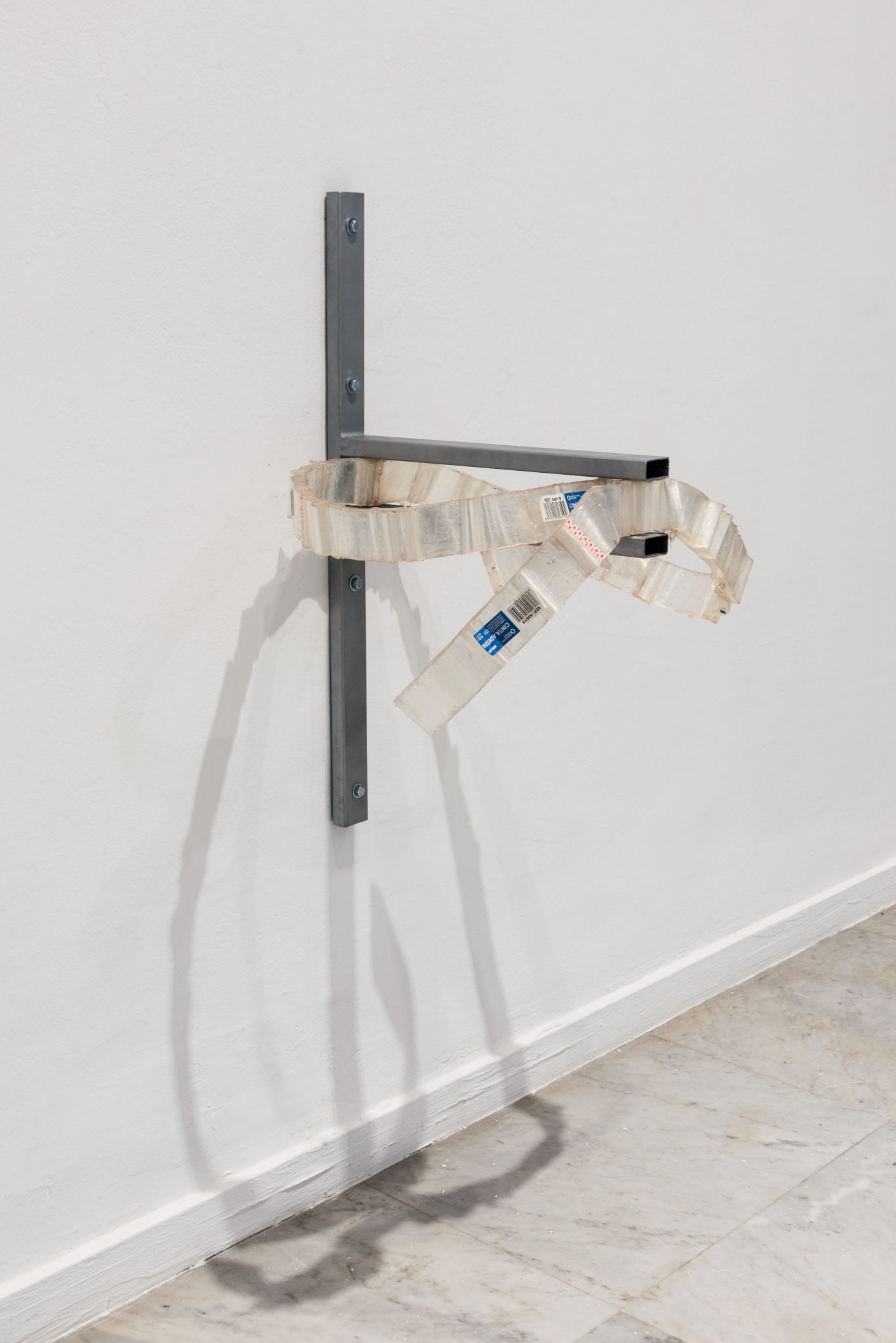
Miguel Rubio Tapias. Unilateral (Mitski), 2025.
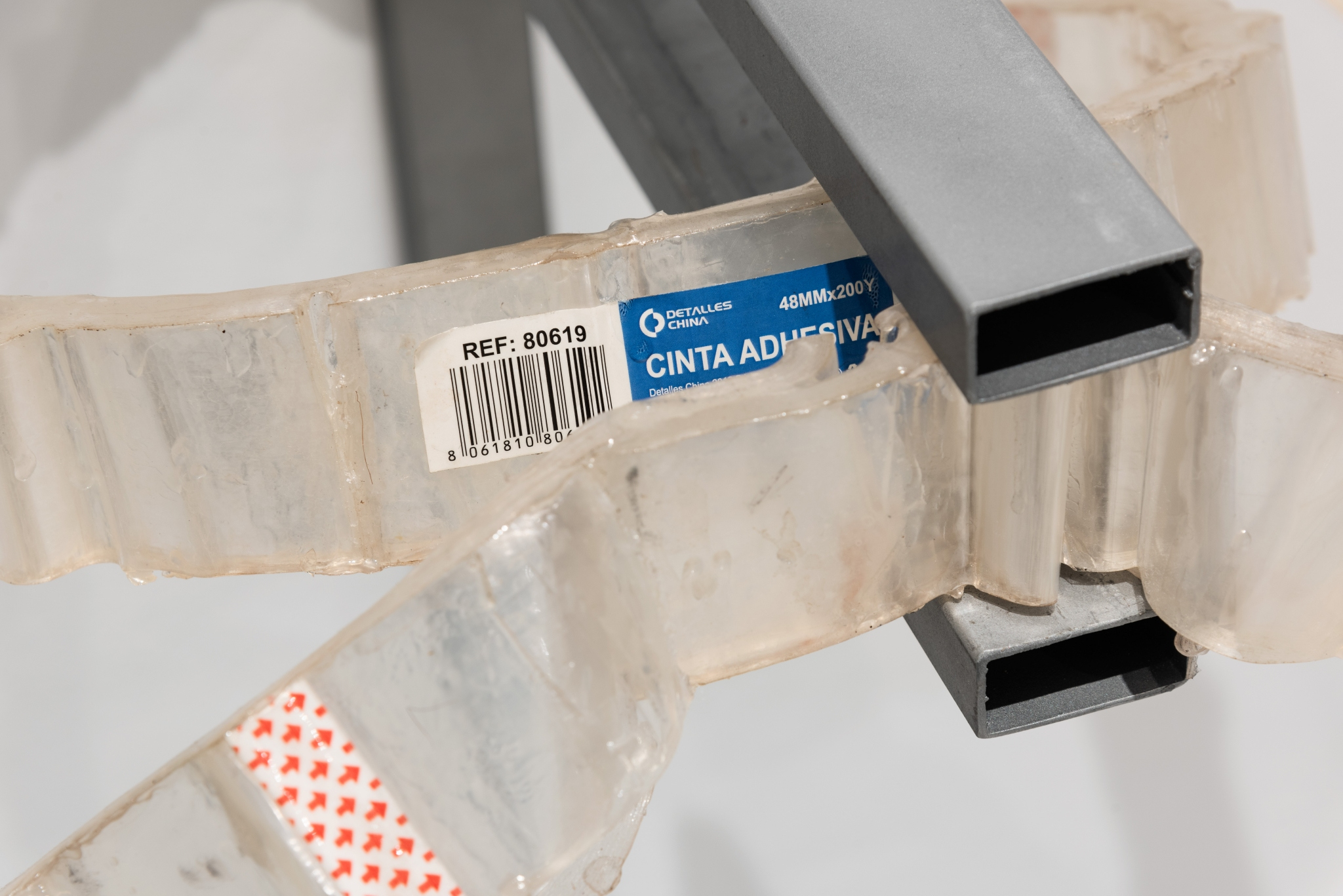
Miguel Rubio Tapias. Unilateral (Mitski), 2025.
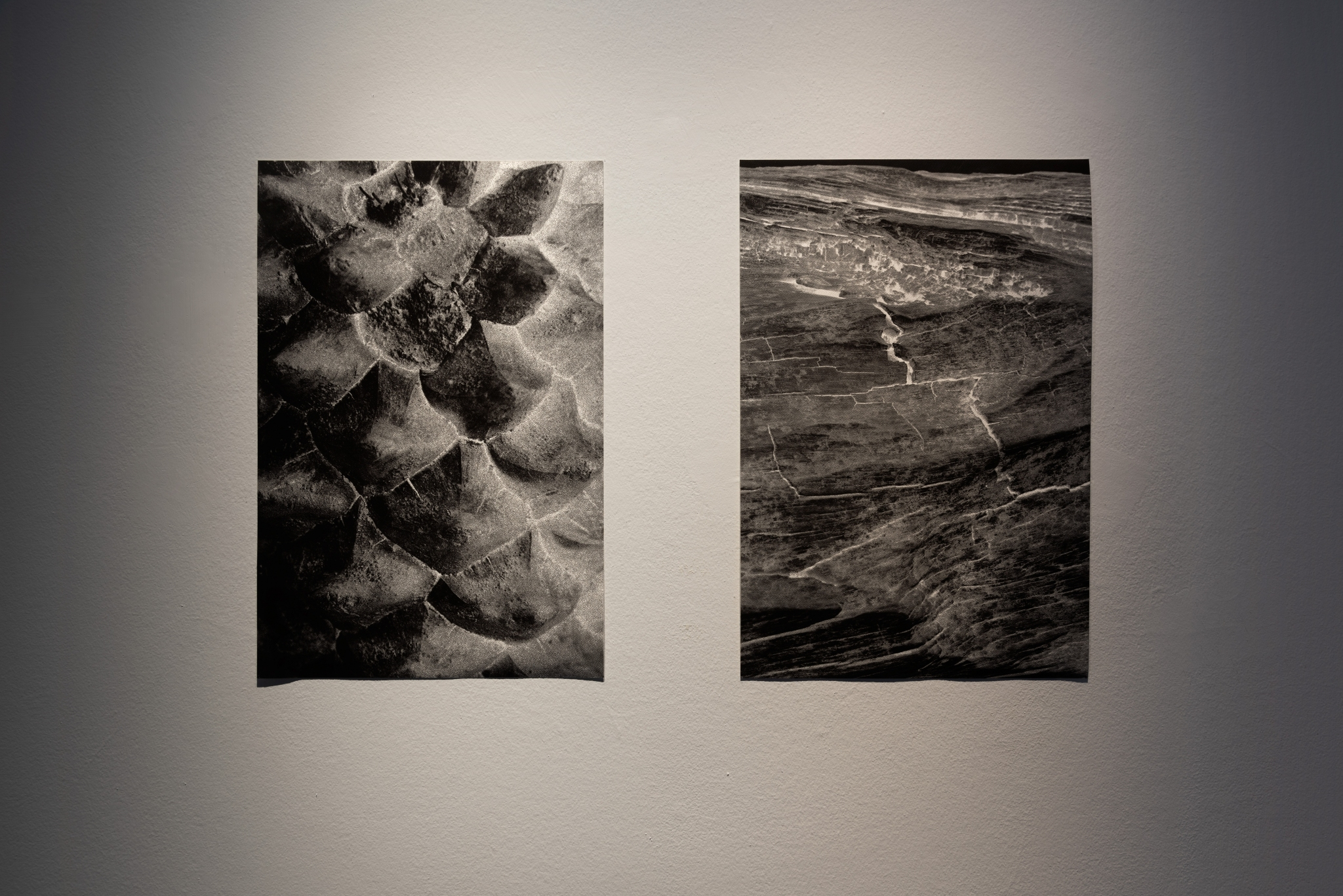
David Přílučík. Heat Anthology, 2025
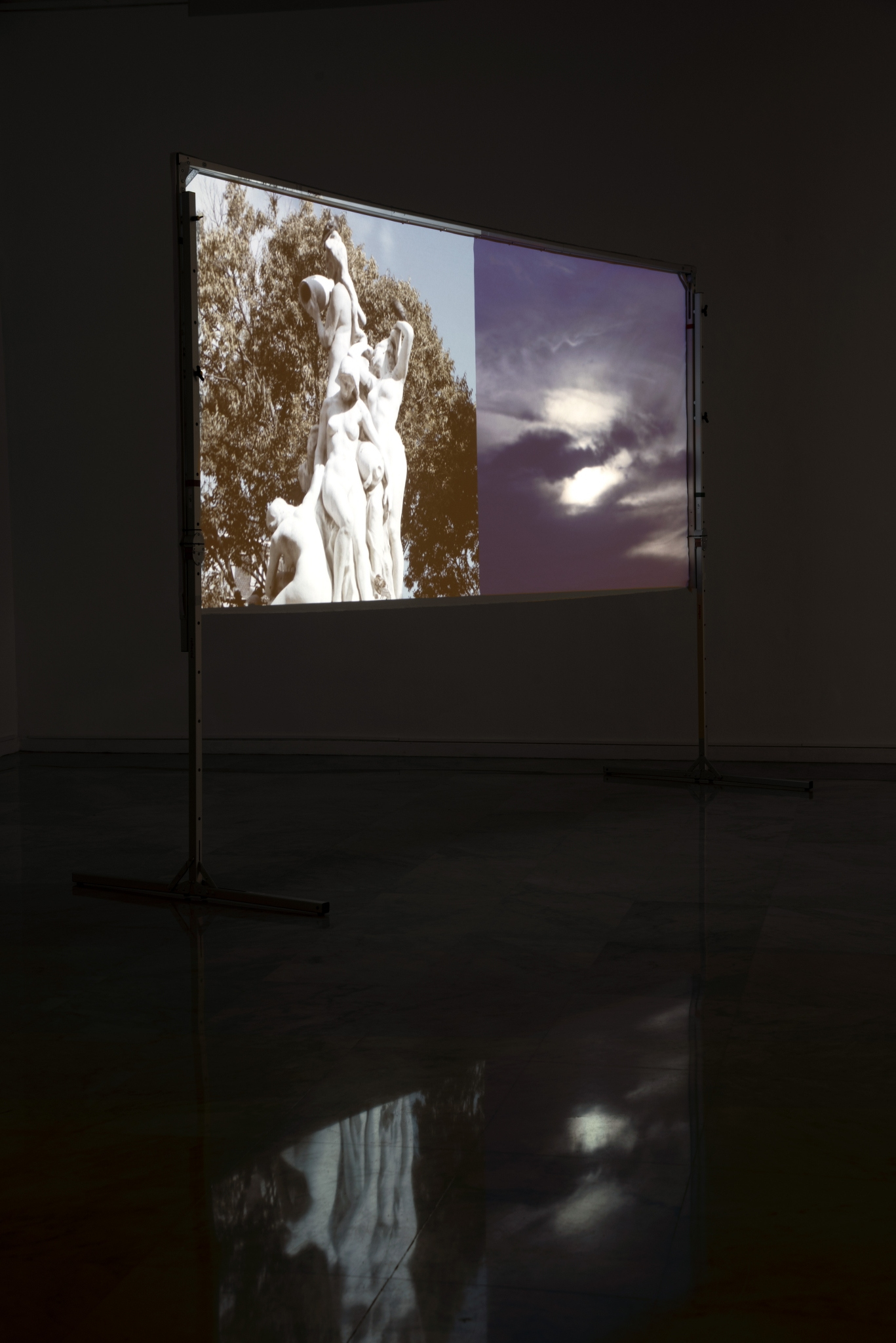
Javier Estupiñán. REVERREVER, 2024
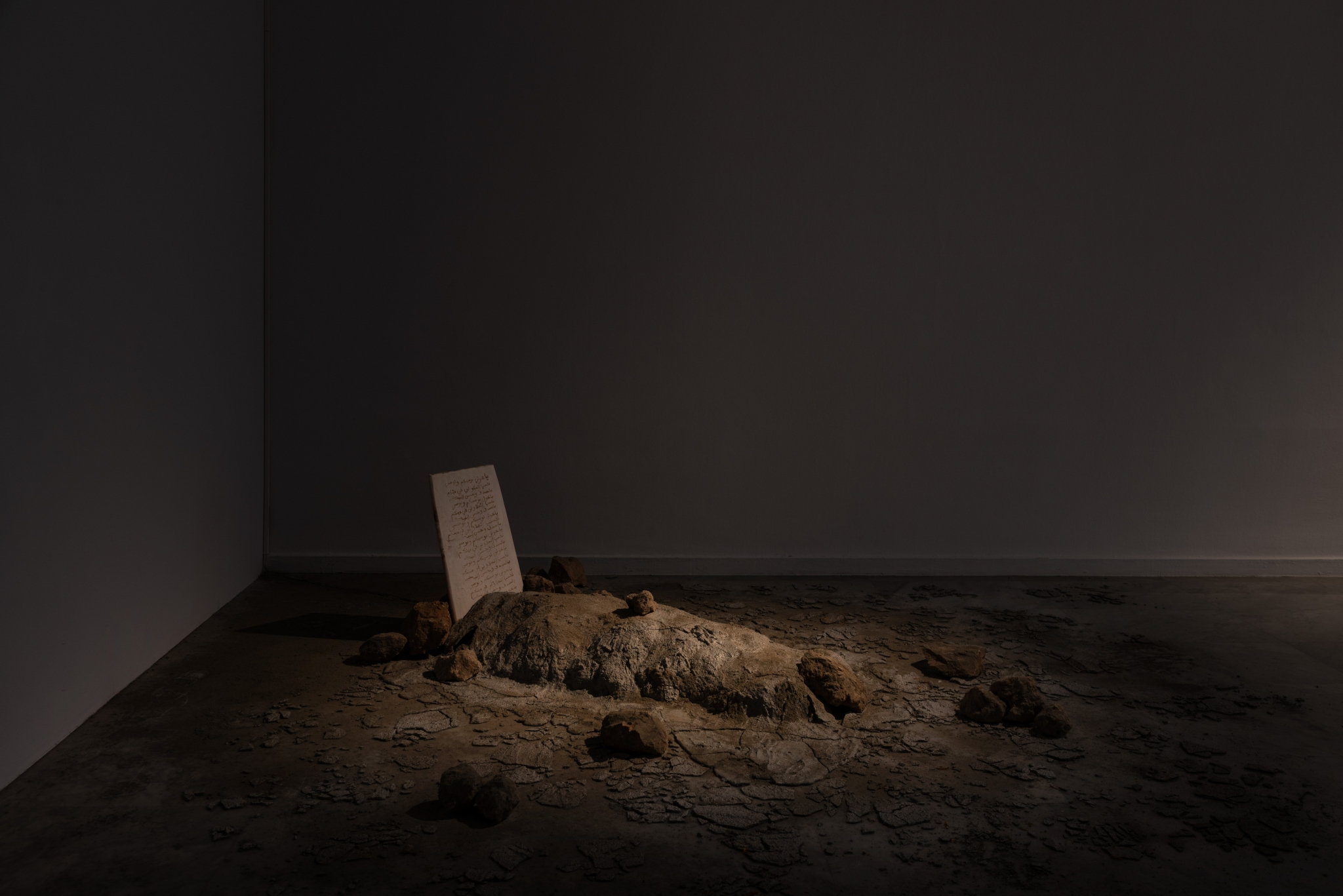
Oumaima Manchit Laroussi. Las voces que no caminan contigo, 2025.
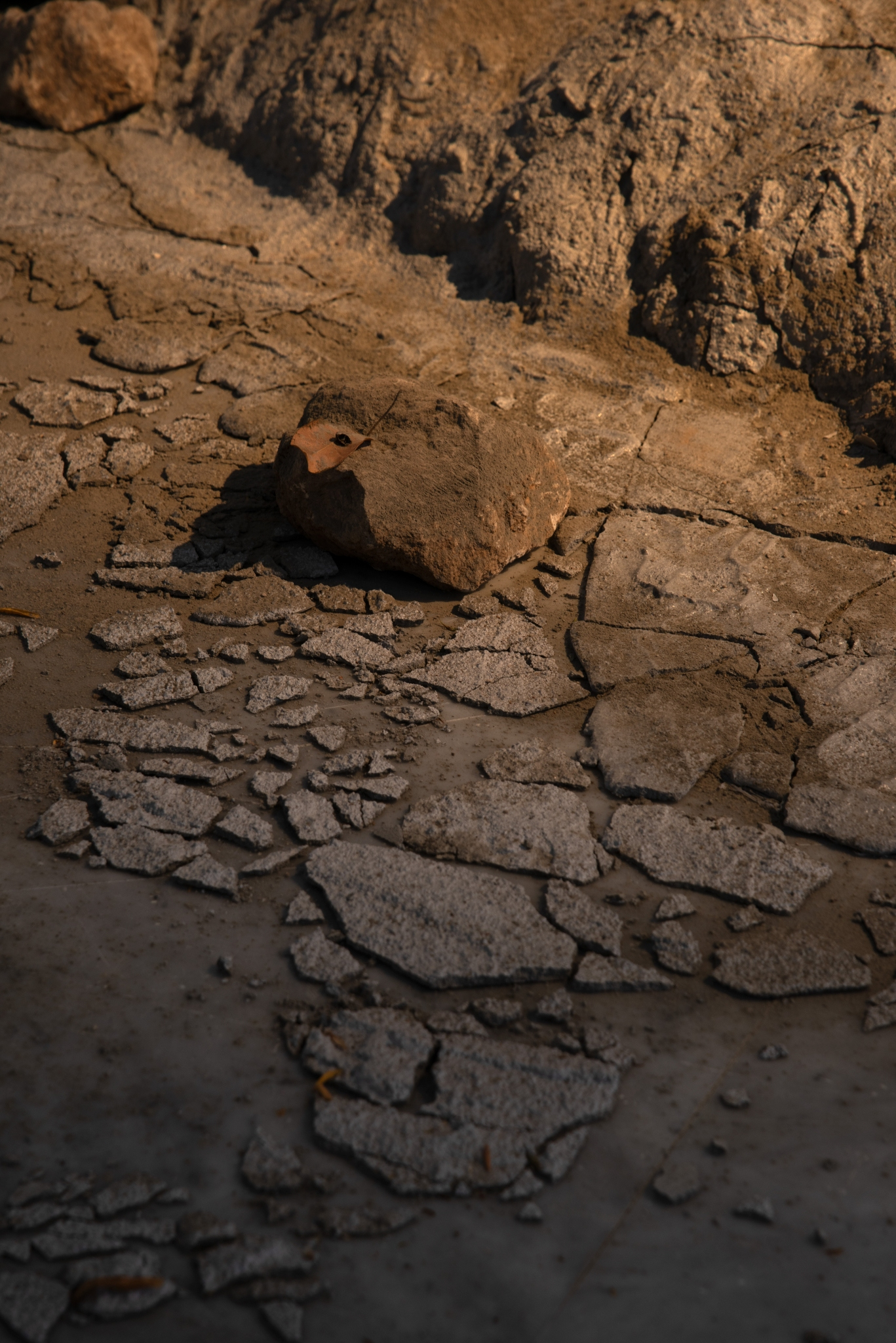
Oumaima Manchit Laroussi. Las voces que no caminan contigo, 2025.
Speakers for the dead [Palabreras de la muerte] explores possible ways of resurrecting people considered dead or missing. By placing themselves “in between” the living and the dead, the speakers show us that remembering is not only an exercise in memory, but also an action that involves a creative gesture: inventing, tracing a story and giving it form.
The figure of the speakers for the dead appears fleetingly in some examples of literature and philosophy, from Orson Scott Card’s novel to the theoretical elaborations of thinkers such as Donna Haraway. In this project, the speakers are conceived as a metaphor for activating new narratives: agents who do not speak in place of dead people, but alongside them. They are mediators who propose new forms of translation and presence, activating languages of care and listening with what is traditionally understood as absent.
Technology – including the word itself – holds a central place in the exhibition, not as a neutral tool, but rather as an element that determines what can be retained and what remains silent.
In the exhibition at the SAC in Tenerife, six artists and a collective form a choral voice that is both heterogeneous and multidisciplinary. The works of art, most of which were produced specifically for the exhibition and are linked in one way or another to the Canary Islands, speculate on memory and presence, opening multiple doors and exploring the tensions generated by language.
In her letters Gala Porras-Kim questions the museum treatment of human remains; Miguel Rubio Tapia researches the relationships between death, inheritance and the body, Eduardo Hodgson discovers a space where the air becomes heavy, while Oumaima Manchit Laroussi works on the tension between permanence and oblivion through the louh, a wooden board on which you write with washable ink. Audiovisual art is also present: Javier Estupiñán evokes the ghosts of people enslaved in the Canary Islands, David Přílučík presents a digital resurrection based on Canary Island pine fossils, and the Korean collective ikkibawiKrrr documents songs sung by haenyeo women divers to their ancestors.
An upcoming publication will be conceived as a new space for delving deeper into some of the topics proposed. It features unpublished texts by Vinciane Despret, Larisa Perez Flores, Enric Puig Punyet and Jorge Esda.
In her text, Vinciane Despret writes:
Speakers for the dead reminds us of the importance of stories (regardless of the form they take) as works of care, reminding us of the ontological tact they bring into play and their power of reactivation, their power to resurrect or resuscitate. Stories of which we now know that we, the grieving living, are not the only authors.”
Jorge Esda

